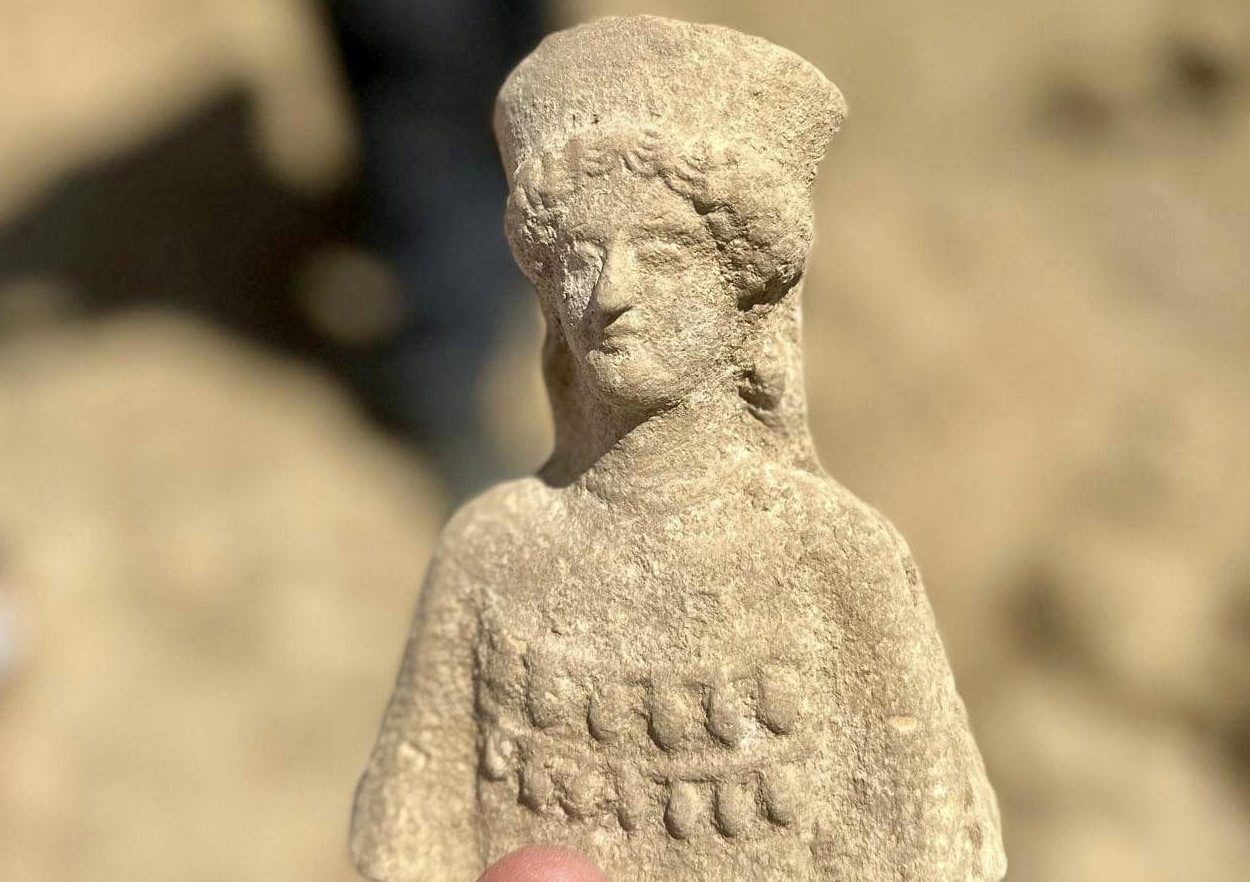Archaeologists conducting excavations at the Valley of the Temples have uncovered a collection of votive offering figurines.
The Valley of the Temples forms part of the ancient city of Agrigentum, situated in the province of Agrigento, Sicily. According to the Greek historian, Thucydides, Agrigentum was founded around 582-580 BC by Greek colonists from Gela in eastern Sicily, with further colonists from Crete and Rhodes.
Since 1997, the Valley of the Temples (covering 3212 acres) has been included in the UNESCO World Heritage List, and is noted for having some of the most finest edifices of the Ancient Greek civilisation. The most notable temples includes the Temple of Concordia, Temple of Juno, Temple of Heracles, Temple of Olympian Zeus, Temple of Castor and Pollux, Temple of Hephaestus (Vulcan), and the Temple of Asclepius.
The Valley is also home to the so-called Tomb of Theron, a large tuff monument of pyramidal shape; scholars suppose it was built to commemorate the Romans killed in the Second Punic War.

Recent excavations have uncovered over 60 figurines, protomes (a type of adornment that takes the form of the head and upper torso of either a human or an animal), female busts, oil lamps, small vases, and bronze fragments.
In an announcement published by the Sicilian Region Institutional Portal: “The findings allow us to understand the dynamics of the destruction of Agrigentum in 406 BC by the Carthaginians, when the inhabitants had to flee in exodus towards the city of Gela.”
The discovery was made in House VII b, which forms part of the housing complex north of the Temple of Juno. The votive offering was found above the destruction layers of the house, suggesting that the city inhabitants deposited the objects after the sacking by the Carthaginians.
Sicilian Region Institutional Portal
Header Image Credit : Sicilian Region Institutional Portal

